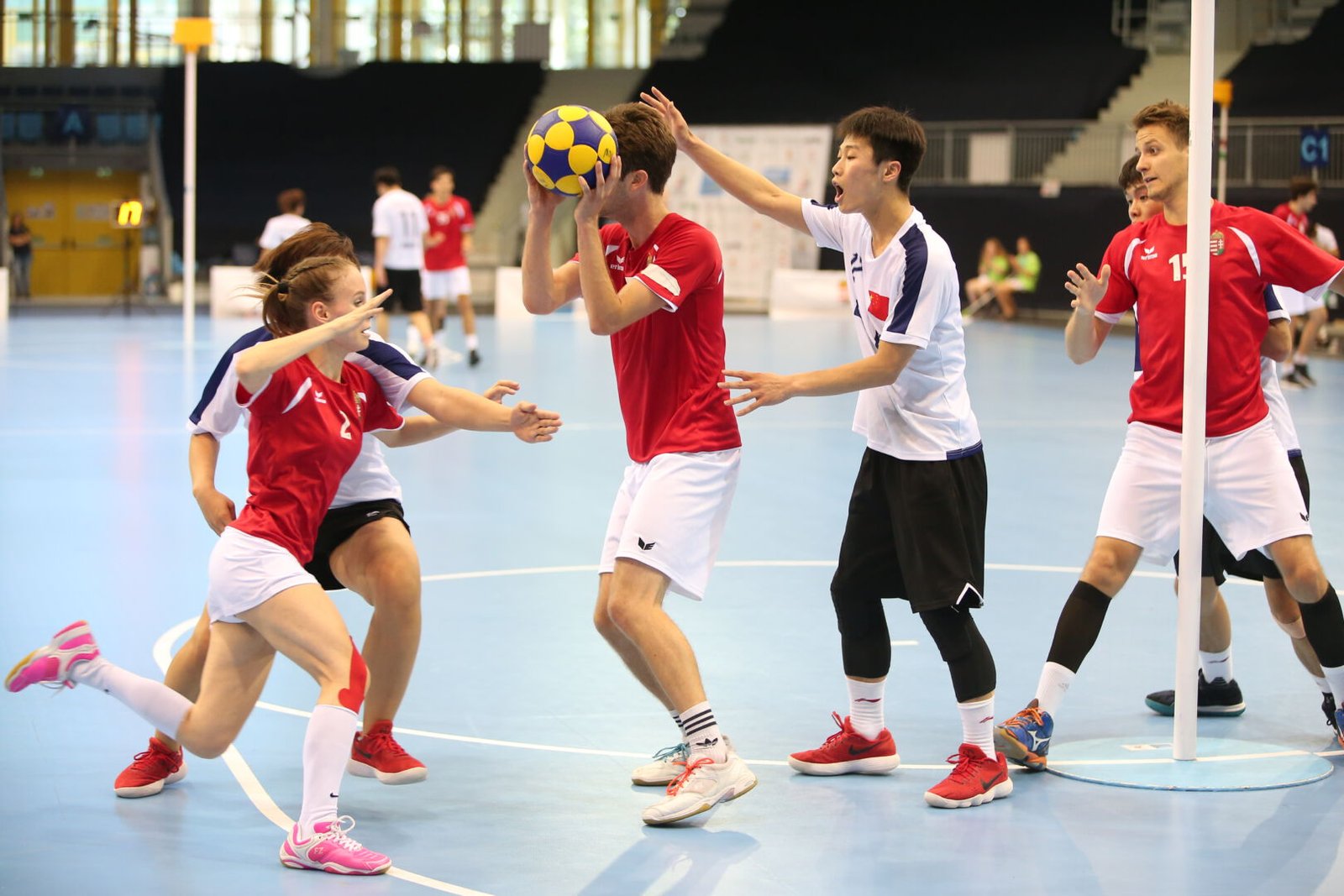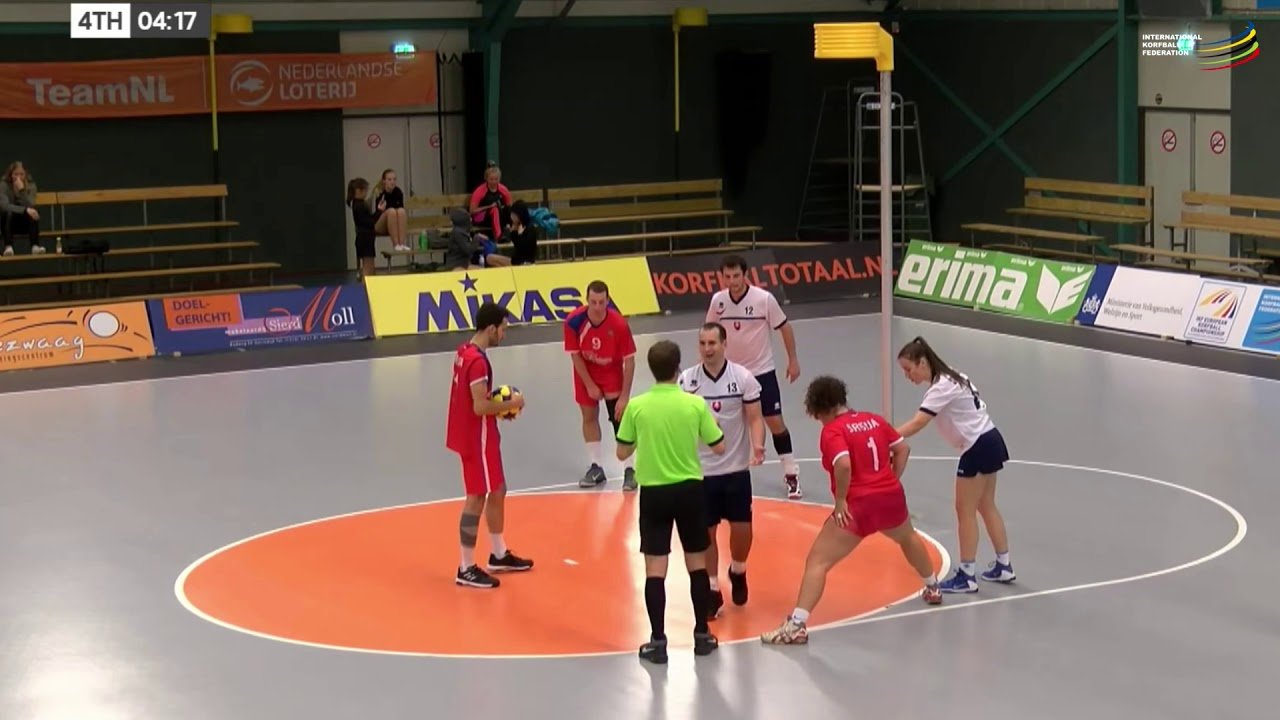Defence is one of the most strategic and vital components of korfball. While attacking play often takes the spotlight, a strong defensive game can turn the tide of a match, prevent easy goals, and shift momentum in your team’s favour. Whether you’re just starting or looking to refine your skills, understanding how to defend effectively in korfball is crucial for success on the court.
In this guide, we’ll explore key defensive principles, techniques, and strategies that can help you become a more confident and effective defender.
The Importance of Defence in Korfball
Korfball is a mixed-gender, non-contact sport that requires players to be sharp both offensively and defensively. With the unique “defended shot” rule, defenders have the power to directly prevent goals without physical contact, simply by positioning and awareness.
Strong defence in korfball:
- Prevents scoring opportunities
- Forces turnovers and rushed passes
- Sets the tone for team discipline and communication
Defending well means being intelligent, aware, and adaptable to every play.
Core Defensive Principles
There are several foundational principles that apply to almost every defensive situation in korfball.
Stay Between Your Opponent and the Korf
Your primary role is to deny easy shots. Position yourself directly between your opponent and the korf at all times.
- Always be aware of your spacing
- Maintain a balanced, athletic stance
- Keep your arms ready to intercept or block
Mark Players of the Same Gender
In korfball, players are only allowed to defend opponents of the same gender. Marking rules require constant awareness:
- Stay with your designated opponent
- Switch smoothly when zones rotate
- Avoid switching marks unless tactically agreed
Apply the Defended Shot Rule
You can prevent a player from legally shooting by meeting all four criteria of a “defended” situation:
- You are between the attacker and the korf
- You are within arm’s length
- You are facing the attacker
- You are actively attempting to block the shot
Mastering this technique allows you to shut down scoring chances without needing to intercept the ball.
Anticipate Movement and Passes
Great defenders don’t just react — they anticipate.
- Read your opponent’s body language
- Position yourself to cut off passing lanes
- Be ready to contest shots or intercept quick passes
One-on-One Defensive Techniques
Mirror Your Opponent
Stay low and balanced, and mirror your opponent’s movements to maintain optimal positioning.
- Keep your feet shoulder-width apart
- Shift laterally, not by crossing your legs
- Avoid overcommitting to fakes
Close Down Space
Limit your opponent’s options by closing the space between you and them without allowing a quick cut past you.
- Move in as they receive the ball
- Raise your arms to disrupt vision and options
- Stay ready to block a potential shot
Challenge Without Contact
Since korfball is non-contact, you must avoid fouling while still applying pressure.
- Use arm movement, footwork, and body positioning
- Avoid hand-checking or physical obstruction
- Trust your positioning and timing
Team Defensive Strategies
Defending in korfball is rarely a solo task. Communication and teamwork are key to cohesive defence.
Zone Awareness
Even in man-to-man defence, be aware of your zone. Understand the space you and your teammates occupy.
- Don’t cluster near the post
- Balance spacing to avoid leaving players unmarked
- Be vocal about switches and coverage gaps
Help Defence
Support teammates who are under pressure:
- Temporarily provide double coverage if needed
- Step into passing lanes
- Communicate when offering or needing support
Press Defence
In situations where you’re behind or want to pressure a team, apply a more aggressive defence.
- Mark tightly all over the court
- Challenge every pass and shot
- Be ready to recover quickly
Use this tactic selectively, as it can leave gaps if not executed properly.
Drills to Improve Defensive Skills
Practising defensive scenarios builds awareness, timing, and coordination.
Defended Shot Drill
Pair up and practise maintaining the correct position for a defended shot.
- Check all four defended shot criteria
- Take turns playing attacker and defender
- Receive feedback from a coach or teammate
Footwork and Agility Ladder
Use a ladder or cones to develop lateral movement and quickness.
- Practise shuffling sideways and pivoting
- Focus on staying low and balanced
Interception Reaction Drill
Have a coach or teammate simulate passes.
- React quickly to intercept
- Use both hands
- Practise anticipating different pass types
Mental Aspects of Defence
Good defenders are not only physical but also mentally strong.
Stay Focused
- Watch your opponent and the ball
- Don’t get distracted by off-ball movement
Communicate Constantly
- Call out screens, switches, and open players
- Encourage teammates and maintain awareness
Stay Composed
- Avoid fouling when frustrated
- Reset quickly after being beaten or a goal is conceded
Final Thoughts
Defending in korfball requires discipline, awareness, and cooperation. Mastering your positioning, learning how to apply the defended shot rule, and supporting your teammates with communication and coverage will make you a valuable asset to any team.
By combining technical skills, smart anticipation, and a strong mental approach, you can elevate your defensive game and help your team control the court.



